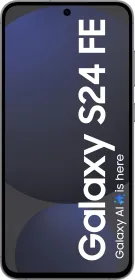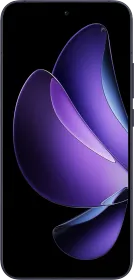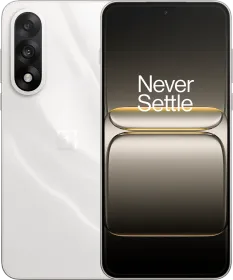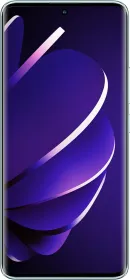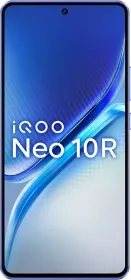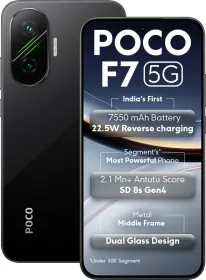Xiaomi recently unveiled the Xiaomi 14 CIVI at a starting price of INR 42,999, matching the price of the highly regarded OnePlus 12R. The Xiaomi 14 CIVI is known for its exceptional camera capabilities and robust performance, while the OnePlus 12R excels in both performance and battery life. So, which one should you buy? Let’s find out in this brief comparison of both devices.
Xiaomi 14 CIVI vs. OnePlus 12R: Performance
Let’s start with the performance. The Xiaomi 14 CIVI sports the Snapdragon 8s Gen 3 chipset, hitting about 1.5 million on AnTuTu. Meanwhile, the OnePlus 12R packs last year’s flagship, the Snapdragon 8 Gen 2, scoring a respectable 1.2 million on AnTuTu.
The difference is pretty clear. The OnePlus 12R’s Snapdragon 8 Gen 2 boasts better CPU and GPU performance, while the Xiaomi 14 CIVI’s Snapdragon 8s Gen 3 shines with superior NPU performance for AI tasks. Plus, the Snapdragon 8 Gen 2 on the OnePlus 12R is thermally more stable than the 8s Gen 3.
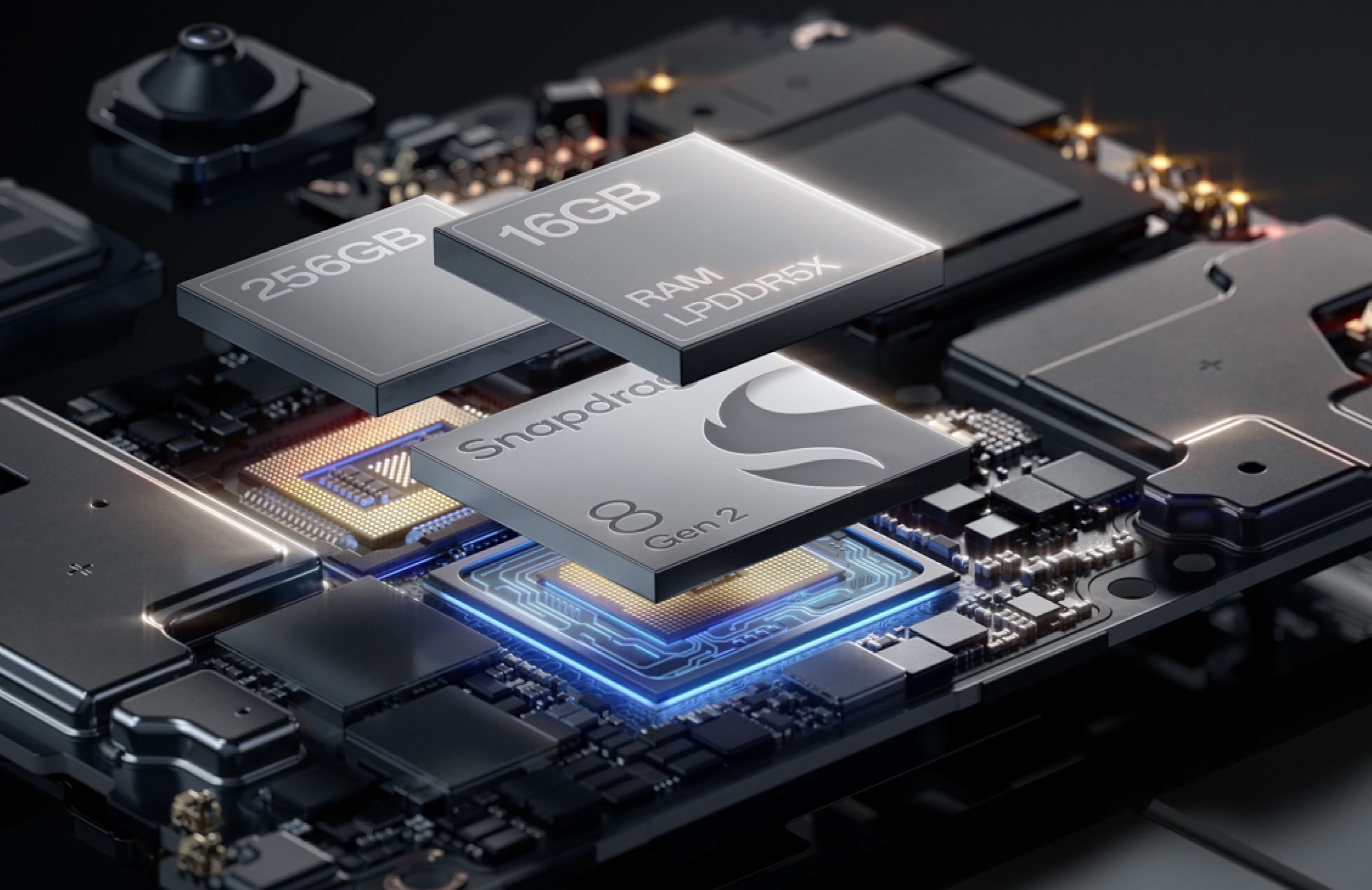
On the storage front, Xiaomi 14 CIVI uses UFS 4.0, which is over twice as fast as the UFS 3.1 on the OnePlus 12R. This means smoother everyday performance on the Xiaomi. However, when it comes to gaming, the OnePlus 12R might edge out slightly.
Xiaomi 14 CIVI vs. OnePlus 12R: Display
The Xiaomi 14 CIVI has a 6.55” OLED display with a refresh rate of 120 Hz. Unfortunately, there is no support for LTPO. The OnePlus 12R, on the other hand, has a larger 6.78” OLED display with a refresh rate of 120 Hz and support for LTPO.
Both displays can get pretty bright outdoors but the OnePlus 12R has a higher peak brightness at 4500 nits (3000 nits on the Xiaomi) and a higher HBM brightness at 1600 nits (about 1000 nits on the Xiaomi). Basically, the OnePlus 12R should be brighter outdoors or in harsh lighting.
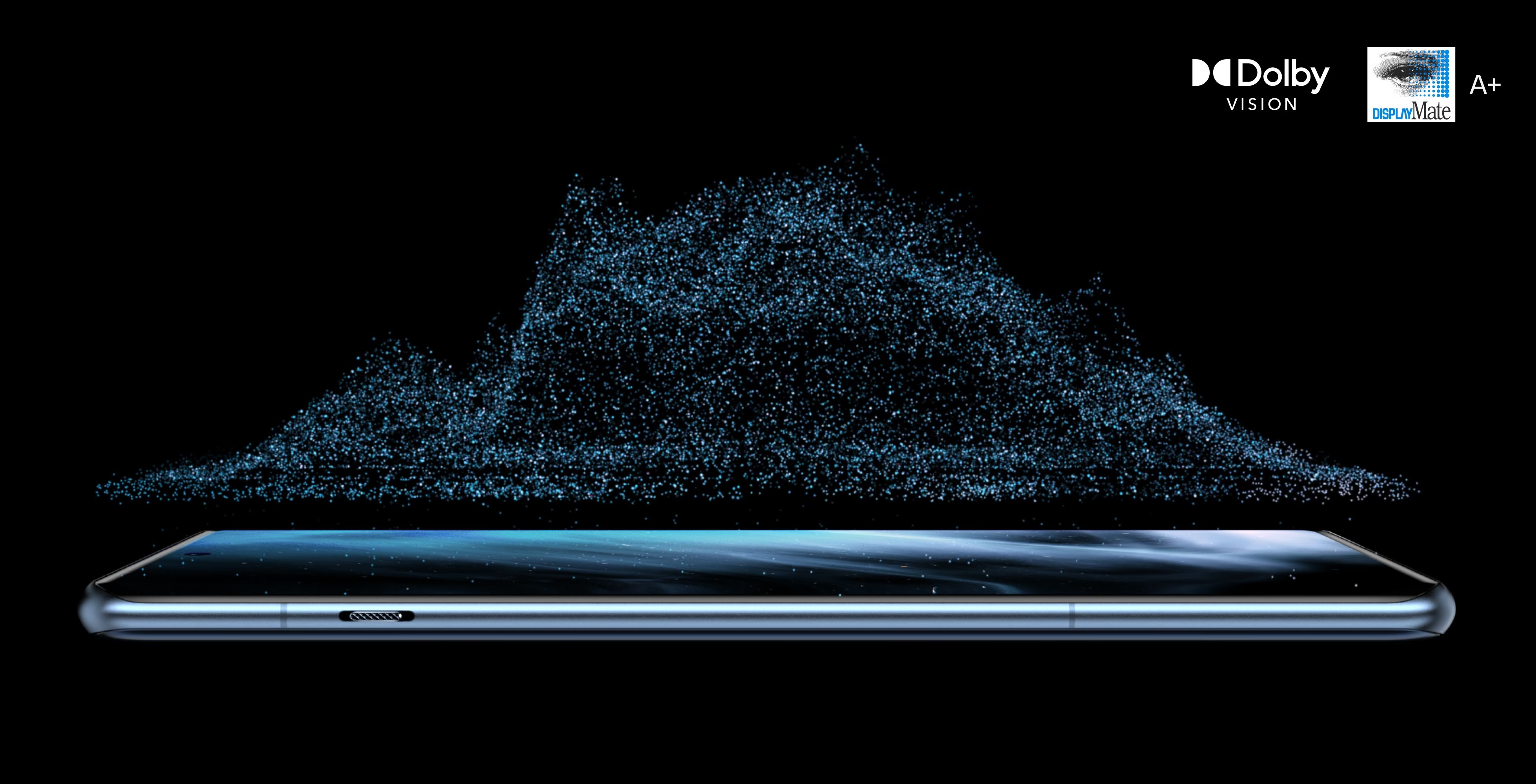
The displays on both these smartphones are curved but the Xiaomi 14 CIVI takes it up a notch with its quad curved display. And finally, both displays are protected using Corning Gorilla Glass Victus 2.
ALSO SEE: Infinix Curved Display Mobile Phones Price List 2024
Xiaomi 14 CIVI vs. OnePlus 12R: Cameras
The cameras are where the comparison gets really interesting. The Xiaomi 14 CIVI has a 50 MP 1/1.55” main lens with OIS, a 50 MP 2x telephoto lens, and a 12 MP ultra-wide lens on the rear. The OnePlus 12R, on the other hand, has a rather generic camera setup with a 50 MP 1/1.56” main lens, an 8 MP ultra-wide lens, and a 2 MP useless macro lens.
The Xiaomi 14 CIVI also comes with Leica tuning, unlike the OnePlus 12R, which does not inherit the Hasselblad tuning of its elder sibling, the OnePlus 12. The Xiaomi 14 CIVI can record in 4K from all the lenses, including the ultra-wide and the selfie camera.
Speaking of selfie cameras, the Xiaomi 14 CIVI has a dual selfie camera setup—a wide 32 MP lens with 78° FOV and an ultra-wide 32 MP lens with 100° FOV. Both lenses are 1/2.8 inches and can shoot in 4K at 30 FPS. The OnePlus 12R’s selfie camera is rather exciting with that 16 MP 1/3” sensor, which is capped at 1080p for video recording.
ALSO SEE: Intel Core i7 Laptops Under 60000 in India 2024
Xiaomi 14 CIVI vs. OnePlus 12R: Battery and Charging
The Xiaomi 14 CIVI has a relatively small 4700mAh battery with support for 67W fast charging, which Xiaomi claims can juice up the device from 0% to 100% in 40 minutes. On the other hand, the OnePlus 12R packs a larger 5500mAh battery with 100W wired charging, capable of fully charging the phone in just 26 minutes.
When it comes to battery life, the OnePlus 12R is notably efficient and should last longer due to its larger battery and efficient OS. The Xiaomi 14 CIVI, having a smaller battery and being more power-hungry, is less efficient and thus offers a shorter battery life in comparison. It also charges slower than the 12R. Both devices include a charger in the box.
Xiaomi 14 CIVI vs. OnePlus 12R: Software
The Xiaomi 14 CIVI runs on HyperOS based on Android 14, while the OnePlus 12R runs on OxygenOS 14 based on Android 14. Both devices have been promised to get these years of major OS updates and four years of security patches. One thing to note here is that OnePlus’ updates are more consistent than Xiaomi’s.
As for the software, HyperOS on the Xiaomi 14 CIVI comes with a few bloatware apps and ad services, unlike the OnePlus 12R, which offers a cleaner experience. HyperOS is also known for poor RAM management and other bugs. However, the OnePlus 12R’s software isn’t perfect either.
Nevertheless, the Xiaomi 14 CIVI has an edge when it comes to AI features. Thanks to the 8s Gen 3’s powerful NPU, the Xiaomi 14 CIVI includes AI features like AI portraits, AI edits, AI expand, AI noise cancellation, and more. The OnePlus 12R does not have any of these. Finally, at the end of the day, it’s your choice whether to go for HyperOS or OxygenOS.
Xiaomi 14 CIVI vs. OnePlus 12R: Pricing and Conclusion
The Xiaomi 14 CIVI has been launched at a price of INR 42,999 for the 8 GB + 256 GB variant and INR 47,999 for the 12 GB + 512 GB variant. On the other hand, the OnePlus 12R was launched at a price of INR 39,999 for the 8 GB + 128 GB varian, INR 42,999 for the 8 GB + 256 GB, and INR 45,999 for the 16 GB + 256 GB variant.
The 8 GB + 256 GB variants of the phones are similarly priced, but there’s a big difference between the rest of the variants. I would say that the 8 GB + 256 GB variant is a sweet deal.
When it comes to which one you should buy—if you prioritize AI features, a better camera setup, and faster storage—the Xiaomi 14 CIVI is the way to go. But if you’re looking for better battery life, gaming performance, and a cleaner software experience, the OnePlus 12R is your best bet. Choose what suits your needs and enjoy!
ALSO SEE: Open Ear Earbuds Price List in India 2024
You can follow Smartprix on Twitter, Facebook, Instagram, and Google News. Visit smartprix.com for the latest tech and auto news, reviews, and guides.


























